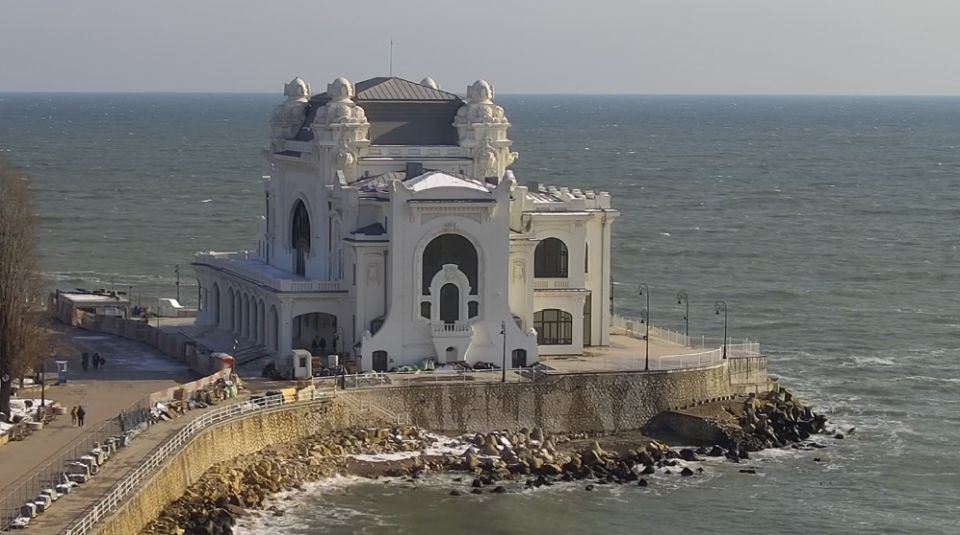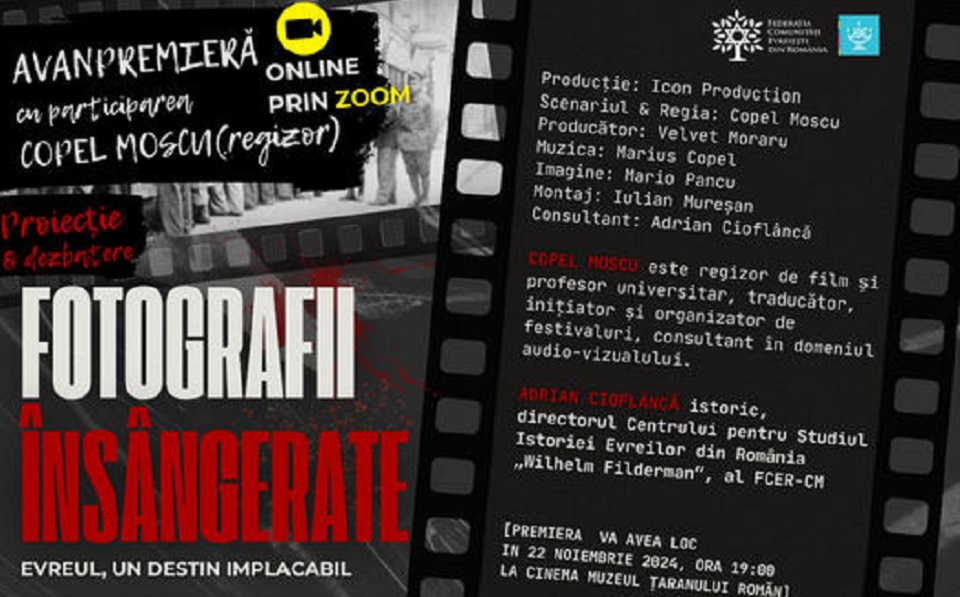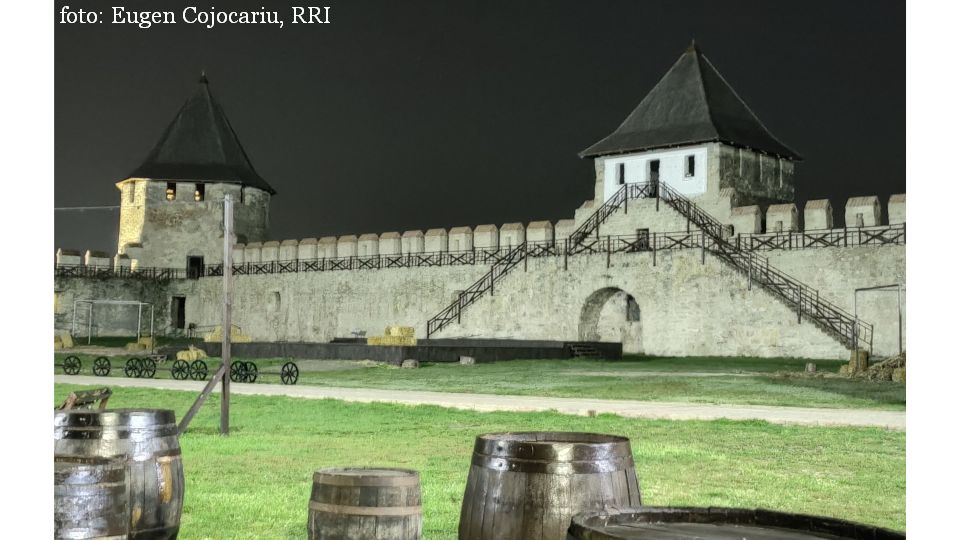The stone crosses of Bucharest
Romania's capital city Bucharest, past into present

Steliu Lambru, 01.10.2023, 13:00
Crosses have been a constant presence in the urban
habitat of Romania’s capital city, Bucharest. Throughout the years, no less
than fifty such crosses have been placed in various points, with some of them
marking military or social events, while others marked the border between properties.
Some of the crosses had the role of cenotaph or diptych. There were also crosses
that were displaced and placed again in the lapidary of such monasteries as
Antim of the Brancoveanu palaces in Mogosoaia.
The oldest such monument in Ruler Leon’s Cross, made
of wood. Leon was the ruling prince of Wallachia between 1629 and 1632. Leon raised the cross to mark his win in
the battle against Matei Basarab on August 23rd, 1631. The wooden cross
deteriorated; Leon’s son, Radu Leon, had it rebuilt, this time using stone as construction
material.
Another cross, initially made of wood and rebuilt of stone, later, is the cross of Papa Brâncoveanu, Wallachian ruling
prince Constantin Brâncoveanu’s father. The former ruled between 1688 and 1714.
Papa Brancoveanu was killed in 1655 during the uprising of the mercenary corps
armed with muskets, seimeni, in Romanian, and the corps of foot soldiers,
dorobanti, in Romanian.
Cezar-Petre Buiumaci is a museographer
with the Bucharest Municipality Museum. Dr Buiumaci is also a coordinator of a project
t dedicated to the stone crosses from Romania’s capital city Bucharest. We first
asked him what the explanation was, for the emergence of the crosses as public monuments
in Bucharest, prior to the modern period.
The predicament
people at that time had been going though prompted them to erect monuments with
a twofold significance: first, to protect them from any misfortune, at once
reminding them of the plight that befell them. A case in point is the stone
cross erected by the commander of mounted troops (serdar, in Romanian) Matei Mogoș
(Mogoșescu) on his estate in the early 18th century, in the hopes
that the plague pandemic that ravished the city would come to an end. The cross
became so important in the community’s mindset that Bishop Grigore II a had a
church built around the cross. Placed in the altar of the Old Obor Church, the
cross, meant to remind people of plague and famine, can be seen with difficulty,
today, as it became a worship object. We can find this kind of reminiscing again,
in Vienna, where the emperor, in late 17th century, had a column
built, dedicated to the divine charity when the plague epidemic came to an end.
In Arad, in the mid-18th century, the plague column was erected, having
the Holy Trinity as its main representation. We can also find similar monuments
in other cities in Banat, Hungary or Germany, built in the wake of the pledge
that was made, when the plague was eradicated. The power the public crosses had
over Bucharest city dwellers’ lifestyle and collective psyche was impressive.
Here is museographer Cezar-Petre
Buiumaci once again, this time summing up the story of one of those crosses.
One of
the crosses with a special relevance in the history of Bucharest is Neophit’s
Cross, a cross which is as visible as it is unknown. It was erected by Ungrovlahia’s
bishop, Neophit the Cretan, with the purpose of being a border stone. What
prompted the bishop to do that were the repeated trespassings of the plots of
land and vineyards by the Greek priors of the Mihai Voda monastery. In the wake
of the inquest he carried on the ground, the bishop decided that the cross should
be placed where the Paupers’ Fountain was found on Barracks Street. It’s just
that the inquest he conducted on the ground did not take the course he thought
it would take, because the father superiors in Mihai Voda talked the slum dwellers
into clamming up, with respect to the old borders of the metropolitan church’s
plots of land. He noticed he received no info at all, capable of helping him in
his endeavor, so Neophit had no choice other than placing a curse on the slum dwellers,
with the purpose of finding out the truth. The Great curse or the Most
terrible anathema were read out in the Albă-Postăvari, Abbot, Gorgani and Golescu
churches in the first three Lent Sundays, targeting the people who knew about
the measuring marks for those plots of land but who wouldn’t speak up. The
action turned out to be successful because, as soon as the commission tasked
with solving the case showed up, the slum dwellers identified the measuring
marks.
At the
heart of the capital city, in the University Square, lies one of Bucharest’s
most recent public crosses. Near the roadside crosses commemorating the December
1989 Revolution, the Cross of Bessarabia can be found. Cezar-Petre Buiumaci also briefed us up
on the story of the entire ensemble there.
The Cross of Bessarabia Cross is a wooden cross brought from Chisinau by a group
of students from Republic of Moldova as part of the Union March, and placed
there on March 27, 1992, on the very day Bessarabia’s Union with Romania is
celebrated. The wooden cross is the symbol of people’s unity and is actually
the first cross of today’s ensemble that was placed on the very spot where a couple of
roadside crosses used to stand, erected in December 1989. There were other eight
stone crosses placed here, brought from Alexeni, Ialomita County, and which,
together, make the December 1989 Revolution Heroes’ Ensemble which, as of that
year, has become the main place for the commemoration of the 1989 Revolution
martyrs. It is a salient example of the change in significance of a monument,
from a border stone into a public monument, with relevance for the
recent history.
Bucharest’s stone crosses, with strong and artistically
expressive messages, are part and parcel of today’s urbanscape. Bucharesters may
have got used to passing them by every day, yet the stone crosses still
maintain their symbolic significance intact.






























